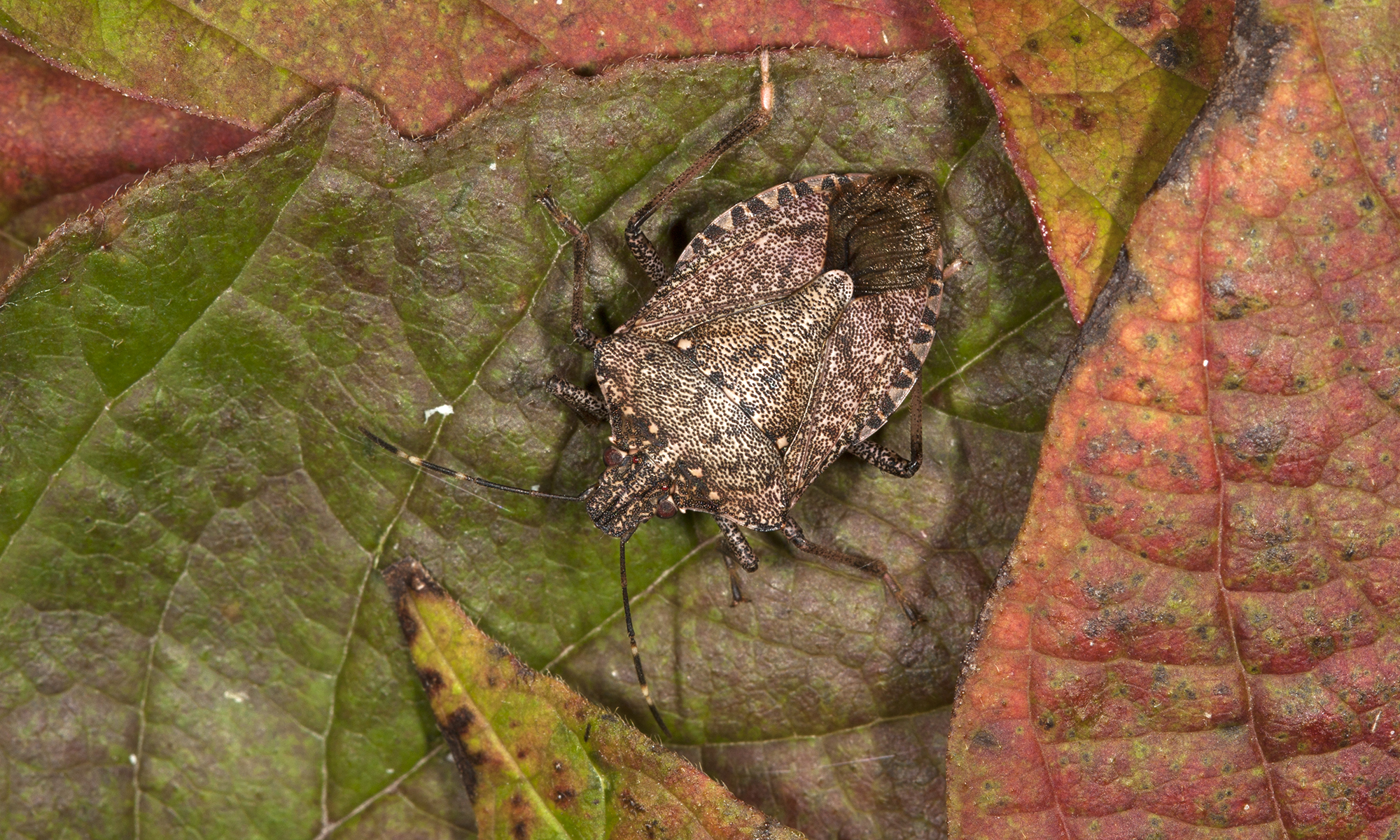SPRINGFIELD, IL – White-nose syndrome, a fungal disease that has killed millions of bats in North America, has been found in four new Illinois counties. Tests conducted by the U.S. Geological Survey’s National Wildlife Health Center in Madison, Wisconsin found five bats submitted from Union, Saline, Johnson, and Jackson Counties were positive for the disease. These are the first confirmed records in these counties. The disease was first discovered in Illinois in 2013 in Hardin, LaSalle, Monroe and Pope Counties.
White-nose syndrome (WNS) is not known to affect people, pets, or livestock, but is harmful or lethal to hibernating bats, killing 90 percent or more of some species of bats in caves where the fungus has persisted for a year or longer, according to the U.S. Fish and Wildlife Service.
WNS is known to be transmitted primarily from bat to bat, but spores of Pseudogymnoascus destructans, the non-native fungus that causes white-nose syndrome, may be unintentionally carried between caves and abandoned mines by people on their clothing, footwear, and caving gear. The name of the disease refers to the white fungal growth often found on the noses of infected bats. To protect hibernating bats, including threatened and endangered species, all Illinois Department of Natural Resources-owned or managed caves have been closed to the public since 2010. In addition, all caves within the Shawnee National Forest, managed by the U.S. Forest Service, have been formally closed since 2009…(more)
